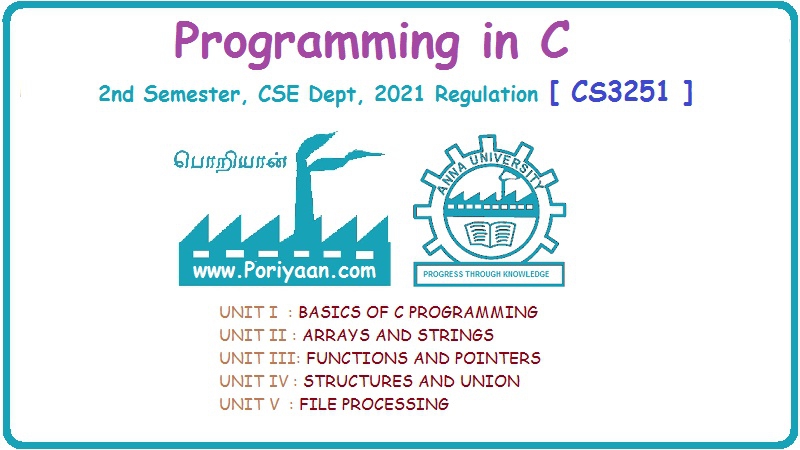Programming in C: Unit I (c): Decision Control and Looping Statements
Introduction to Decision Control Statements
Programming in C
Till now we know that the code in a C program is executed sequentially from the first line of the program to its last line, i.e., the second statement is executed after the first, the third statement is executed after the second, and so on.
Unit – I :
Basics of C Programming
CHAPTER
3 : DECISION CONTROL AND LOOPING STATEMENTS
Takeaways
•
Decision control statements
•
For, while, Do-while loops
•
Conditional branching statements
•
Nested loops
•
Iterative statements
• Break, continue, and goto statements
INTRODUCTION TO DECISION CONTROL STATEMENTS
Till
now we know that the code in a C program is executed sequentially from the
first line of the program to its last line, i.e., the second statement is
executed after the first, the third statement is executed after the second, and
so on.
Although
this is true, but in some cases we want only selected statements to be
executed. Such type of conditional processing extends the usefulness of
programs. It allows the programmers to build programs that determine which edr
statements of the code should be executed and which should be ignored.
C
supports two types of decision control statements that can alter the flow of a
sequence of instructions. These include conditional type branching and
unconditional type branching. Figure 3.1 shows the categorization of decision control
statements in C language.
Programming in C: Unit I (c): Decision Control and Looping Statements : Tag: : Programming in C - Introduction to Decision Control Statements
Related Topics
Related Subjects
Programming in C
CS3251 2nd Semester CSE Dept 2021 | Regulation | 2nd Semester CSE Dept 2021 Regulation
